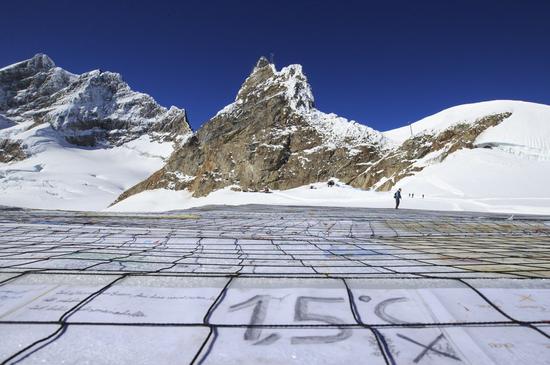
A gigantic postcard with the writing of 1.5 degrees Celsius is seen on the Aletsch glacier under Jungfraujoch in Switzerland, on Nov. 16, 2018. (Xinhua/Xu Jinquan)
There is a 50 percent chance of the annual average global temperature temporarily reaching 1.5 degrees Celsius above the pre-industrial level for at least one of the next five years, the World Meteorological Organization (WMO) said on Monday.
The likelihood is increasing with time, the United Nations' (UN) agency said in its latest climate update.
There is a 93 percent likelihood of at least one year between 2022-2026 replacing 2016 to become the warmest year on record, while the chance of the five-year average for 2022-2026 being higher than the last five years (2017-2021) is also 93 percent, it said.
WMO said the chance of temporarily exceeding 1.5 degrees Celsius has risen steadily since 2015, when it was close to zero.
For the years between 2017 and 2021, there was a 10 percent chance of exceedance, and that probability has increased to nearly 50 percent for the 2022-2026 period.
The latest WMO estimates show that the annual mean global near-surface temperature for each year between 2022 and 2026 is predicted to be between 1.1 and 1.7 degrees Celsius higher than preindustrial levels (the average over the years 1850-1900).
In 2015, countries concluded the Paris Agreement as long-term goals to guide all nations to substantially reduce global greenhouse gas emissions to limit the global temperature increase in this century to 2 degrees Celsius while pursuing efforts to limit the increase even further to 1.5 degrees Celsius.
"We are getting measurably closer to temporarily reaching the lower target of the Paris Agreement on Climate Change," said WMO Secretary-General Petteri Taalas.
"The 1.5 degrees Celsius figure is not some random statistic. It is rather an indicator of the point at which climate impacts will become increasingly harmful for people and indeed the entire planet," he noted.










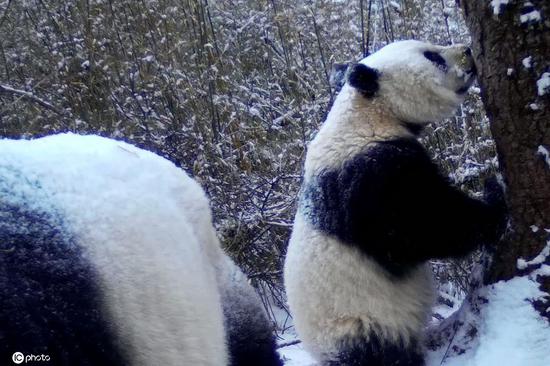



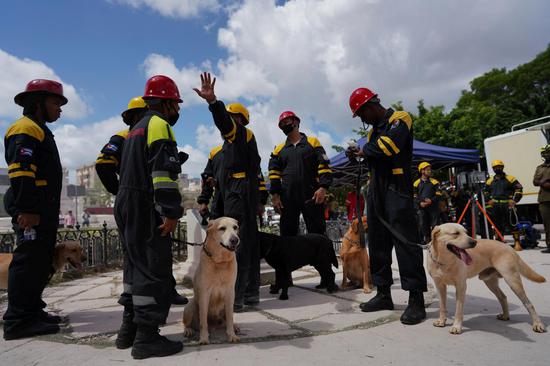








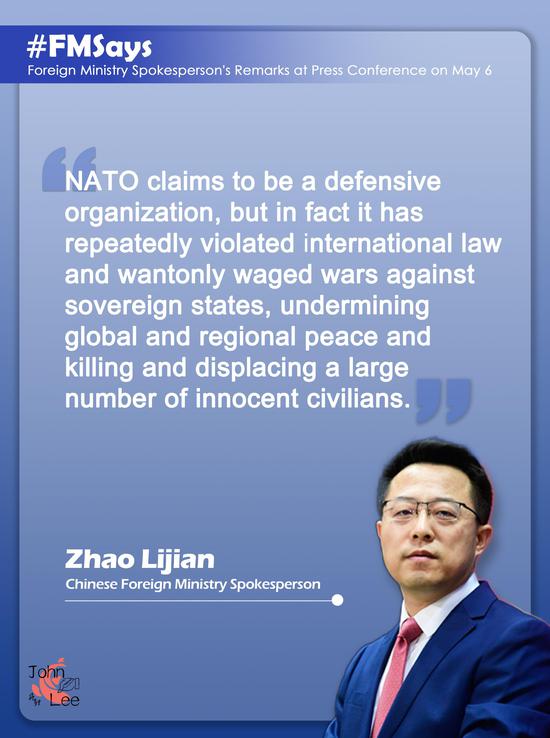

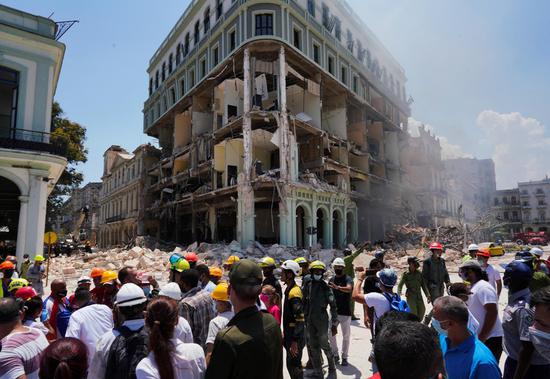



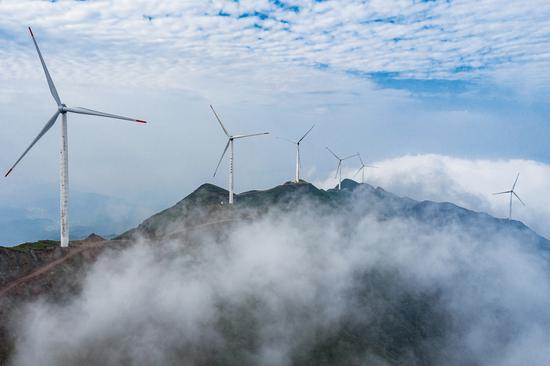




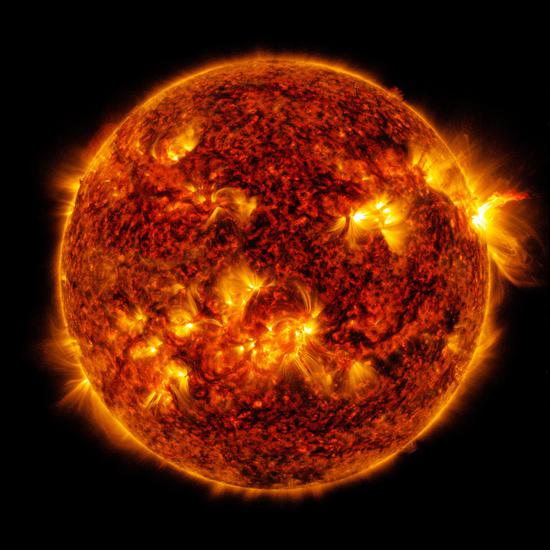
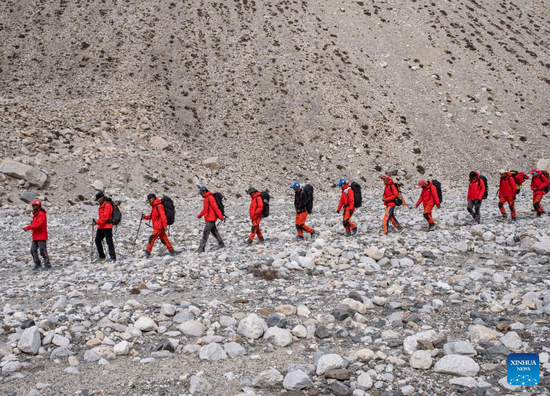
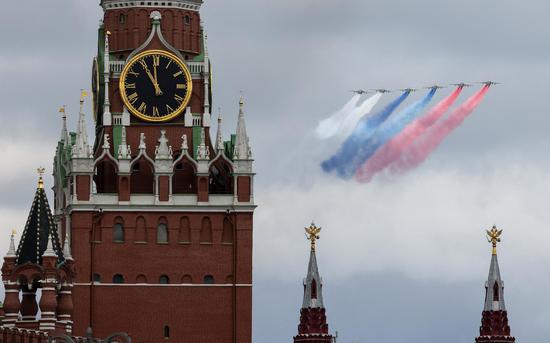

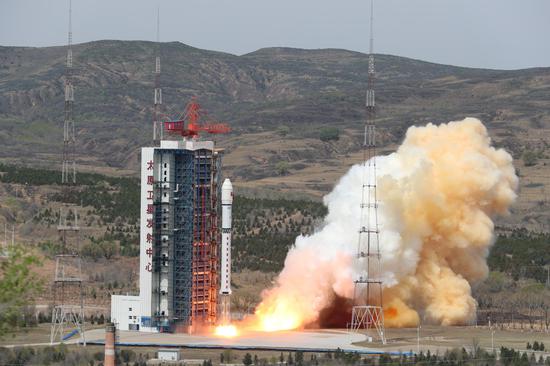

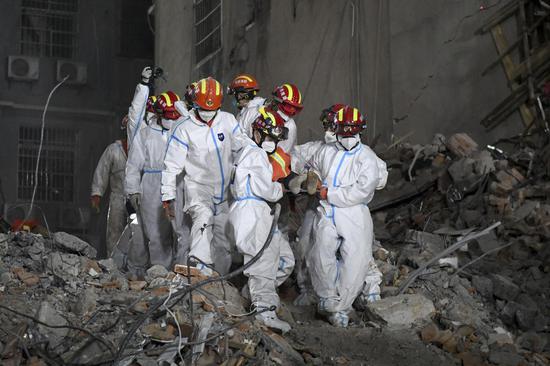



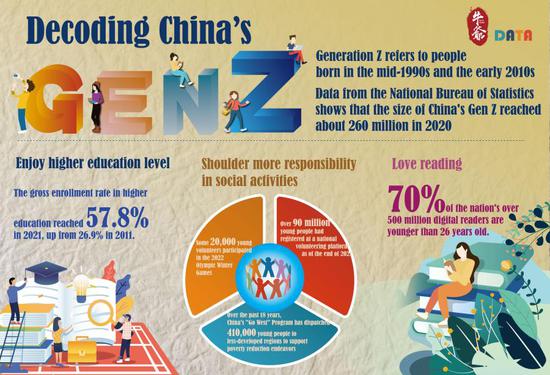





 京公网安备 11010202009201号
京公网安备 11010202009201号
